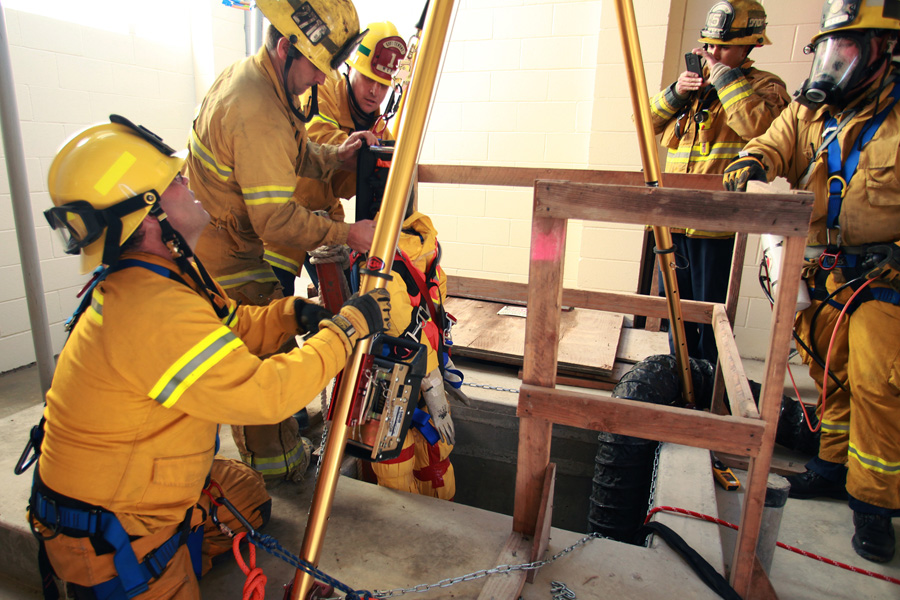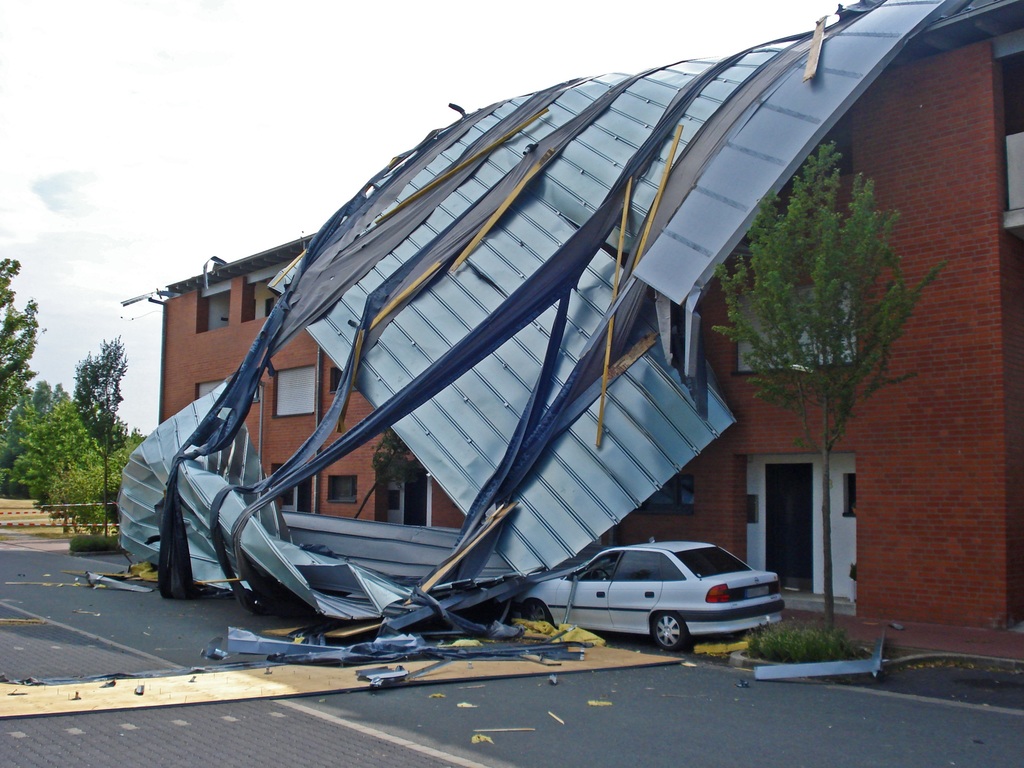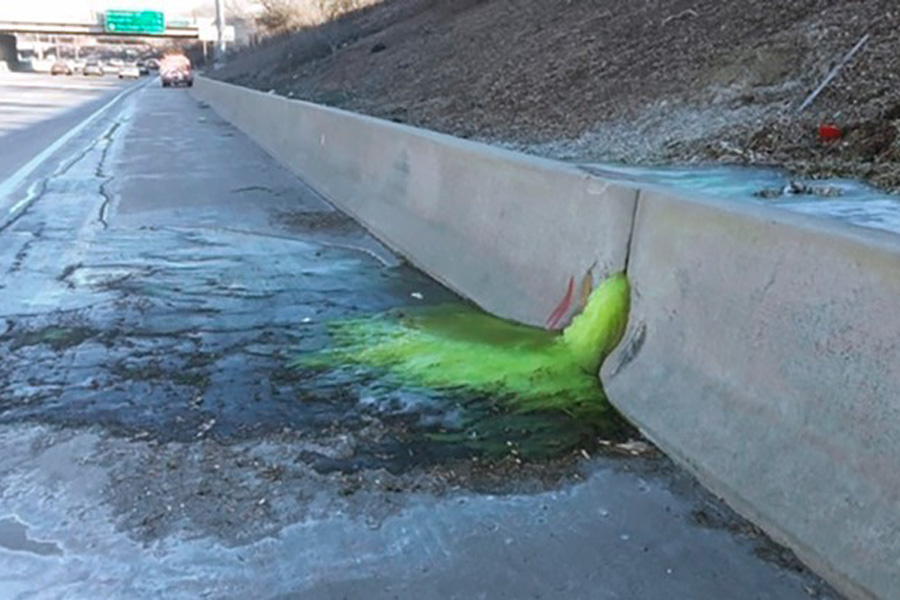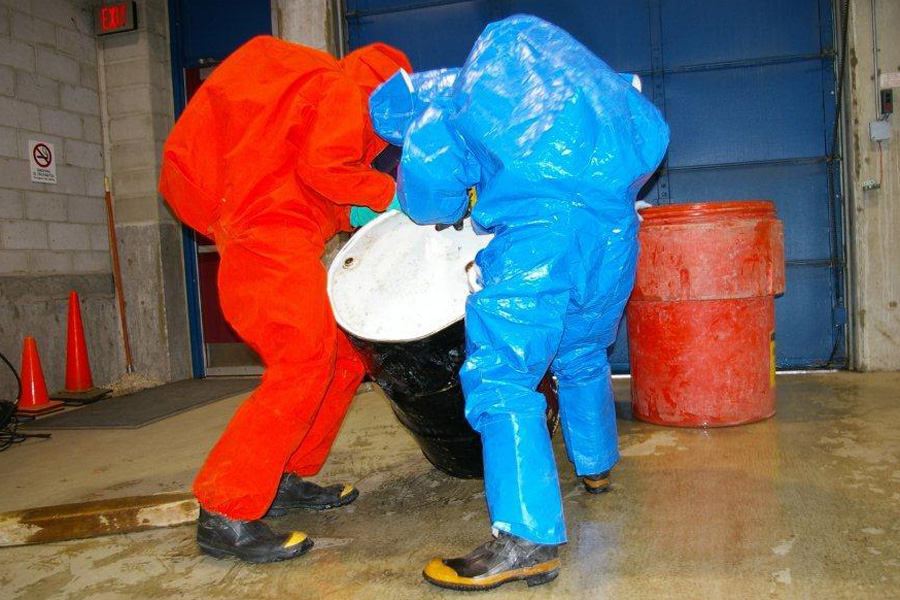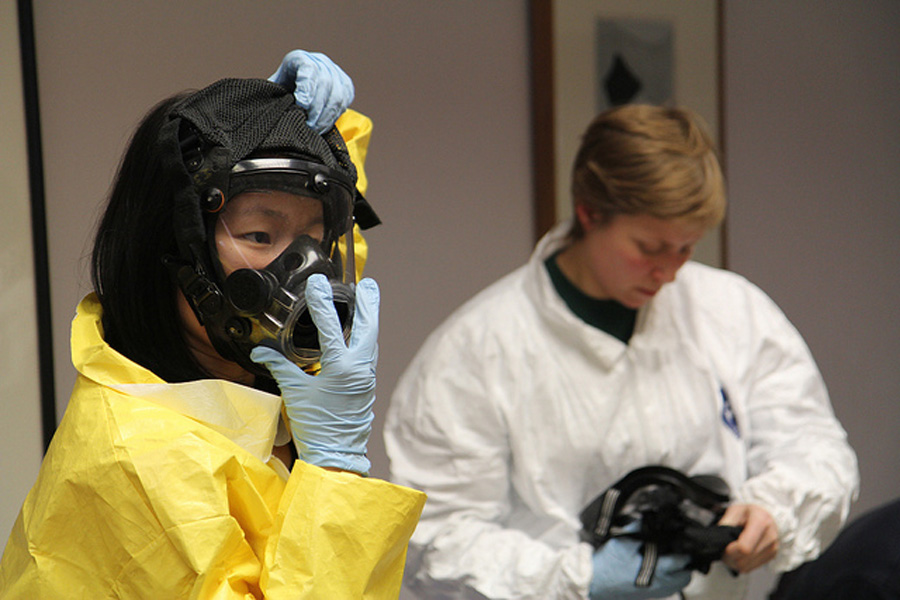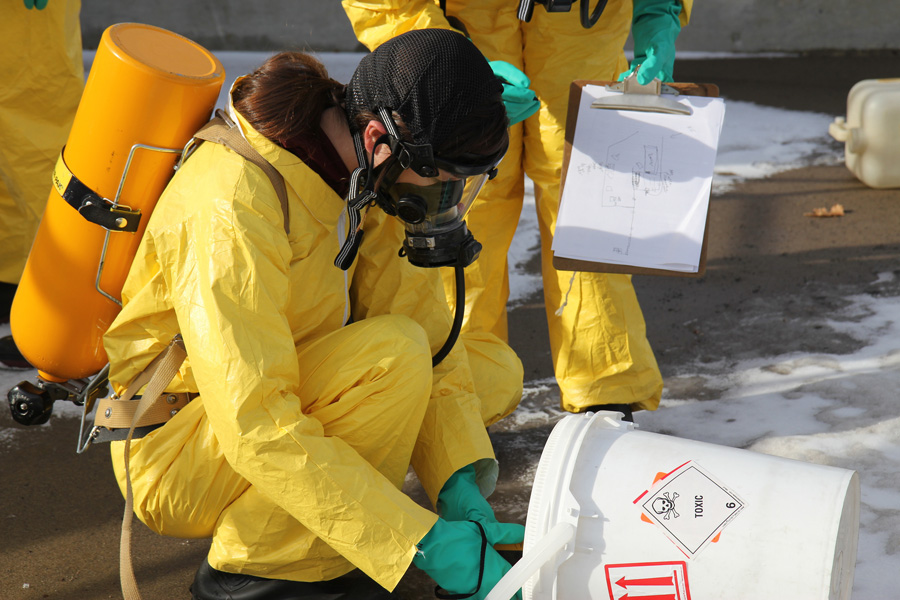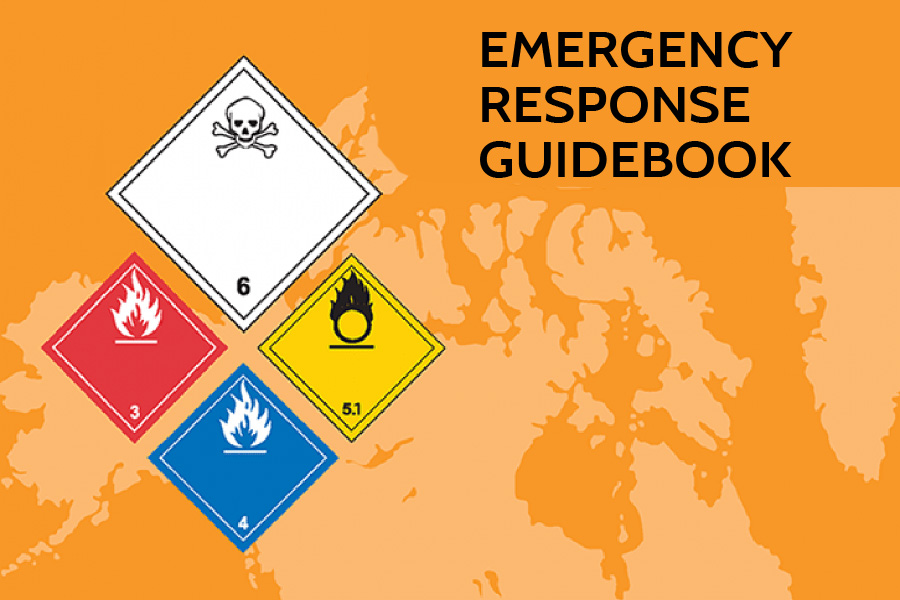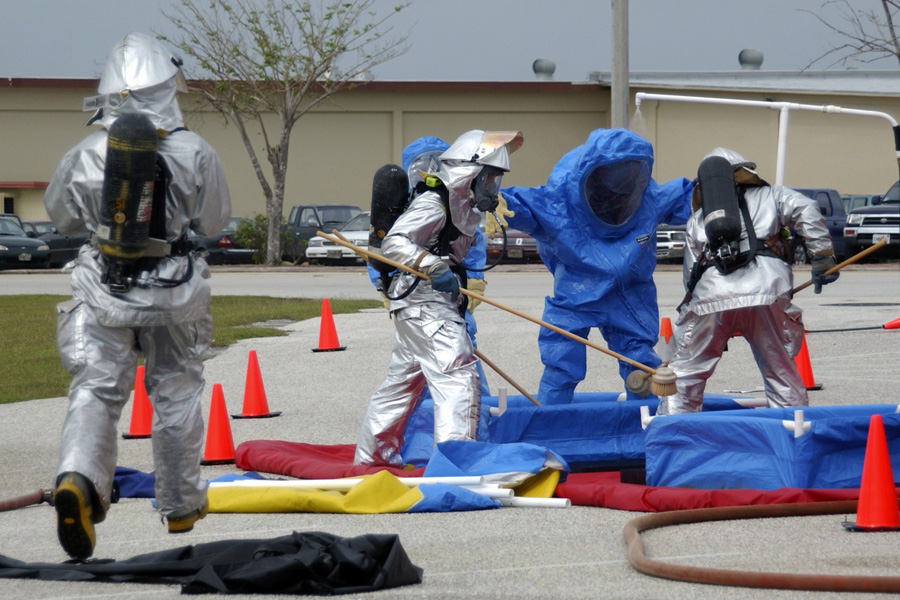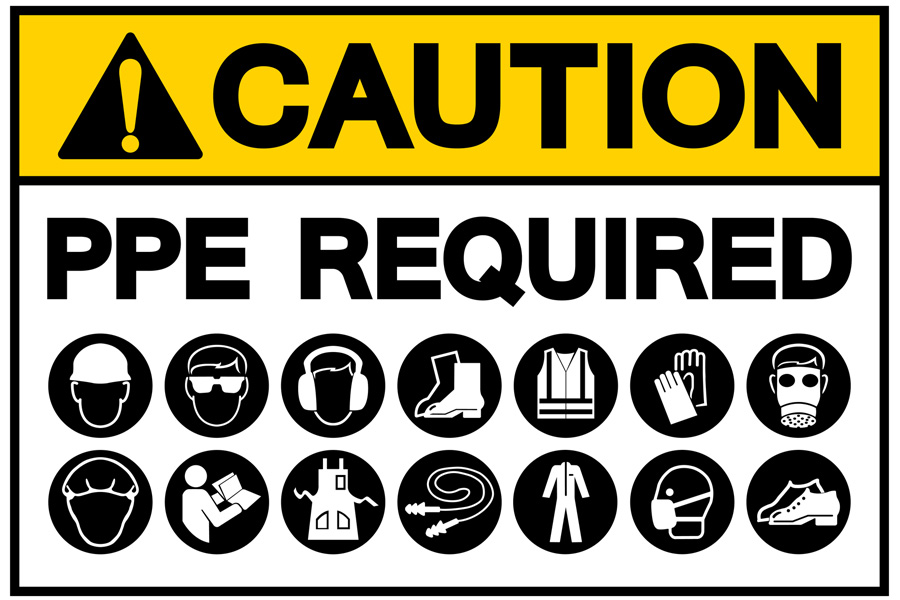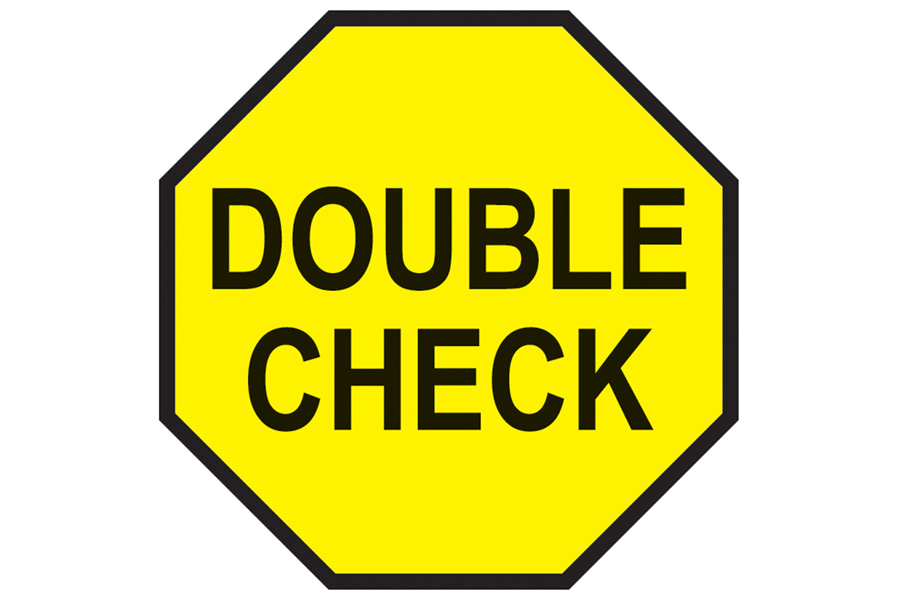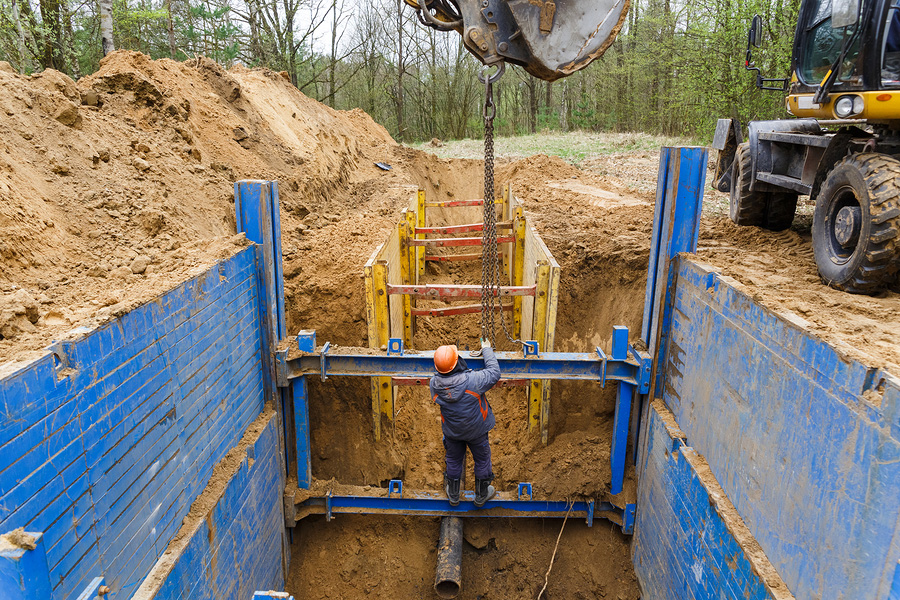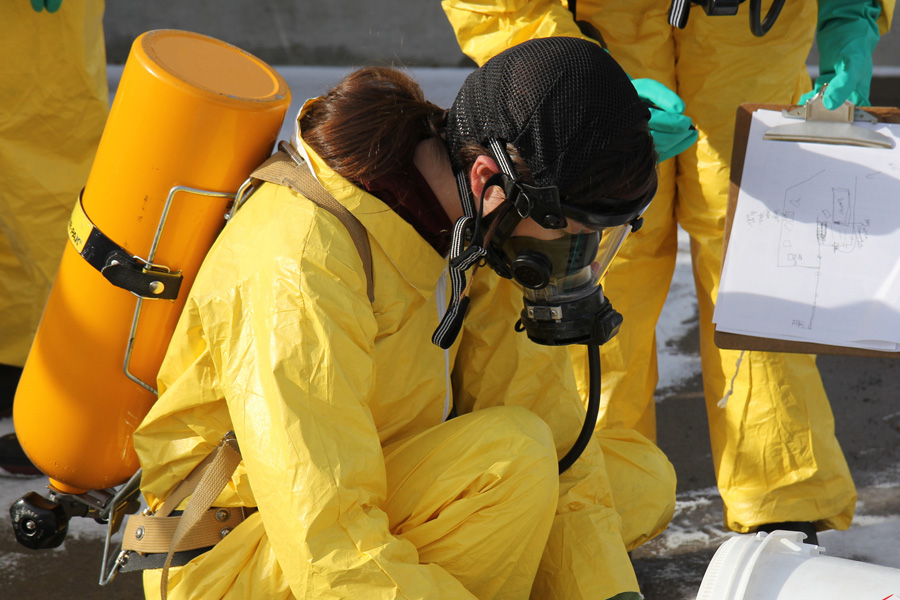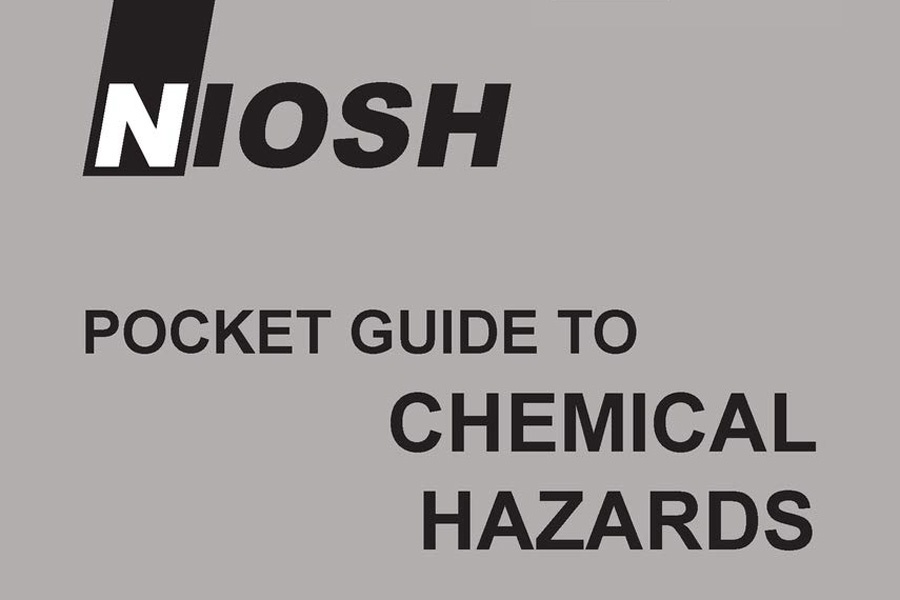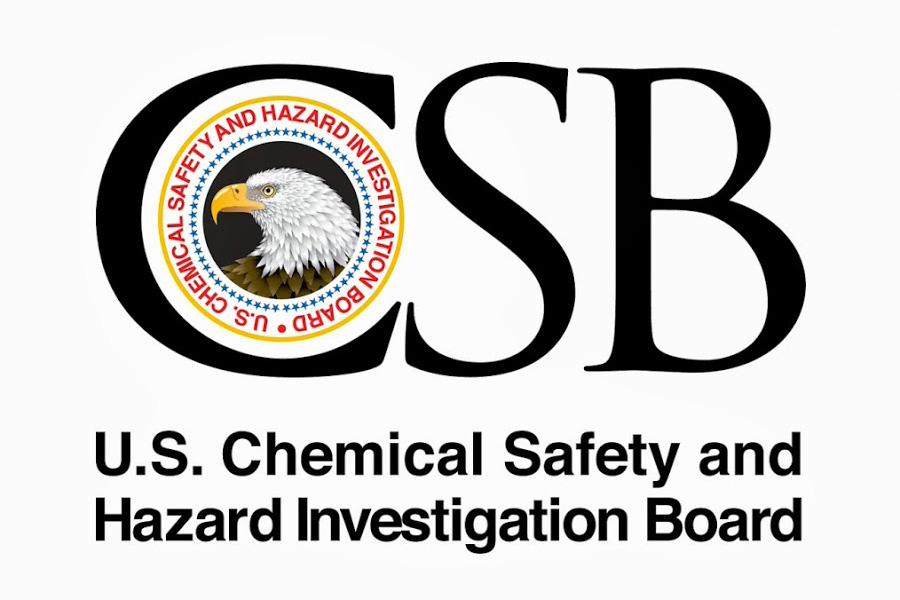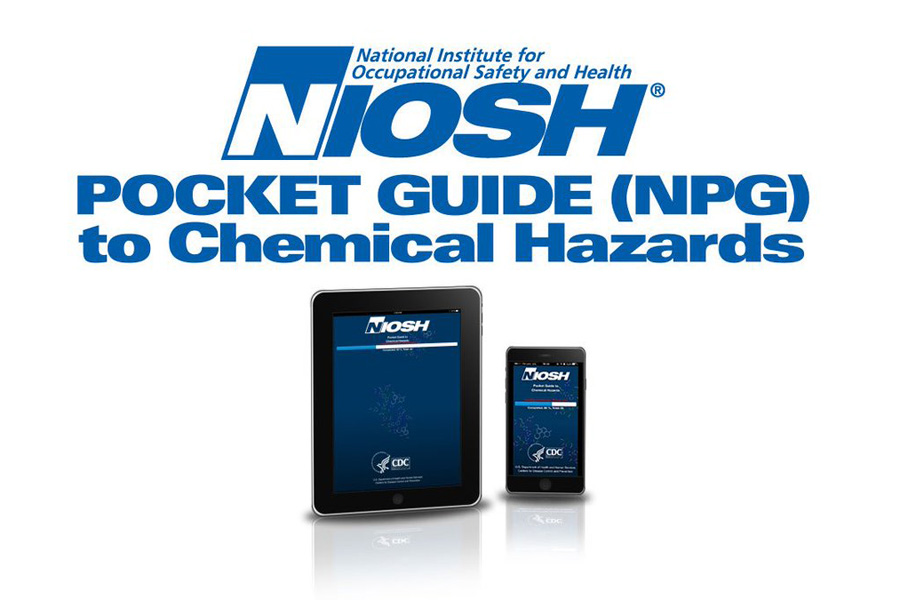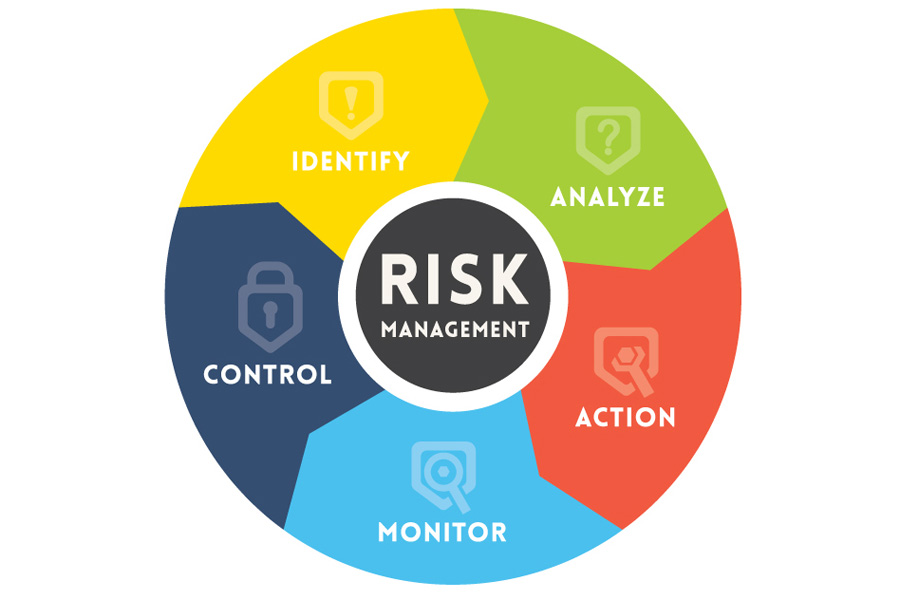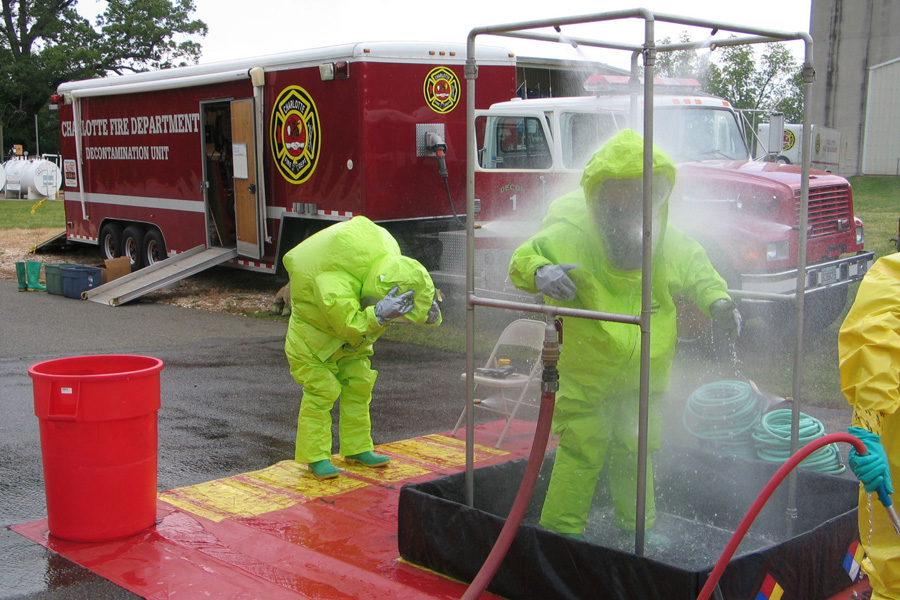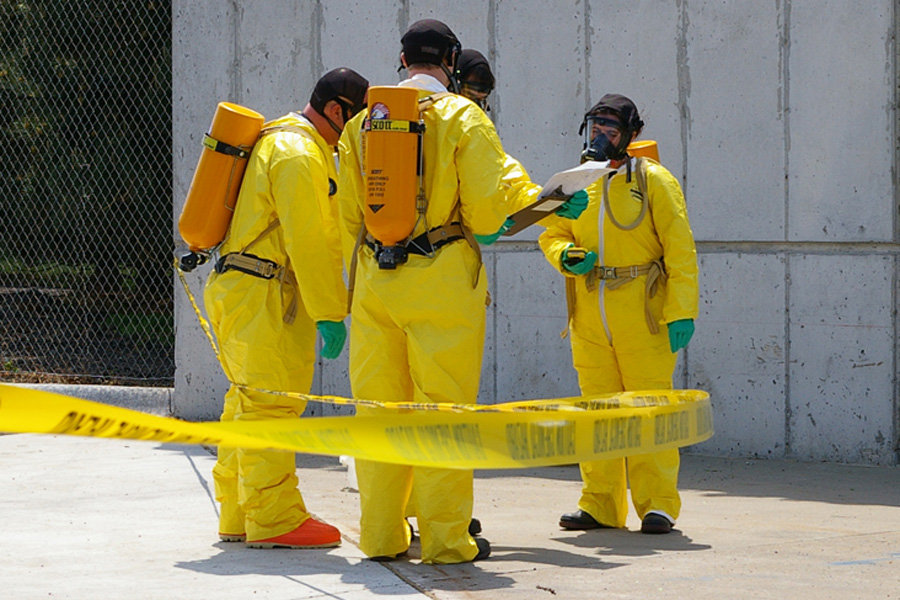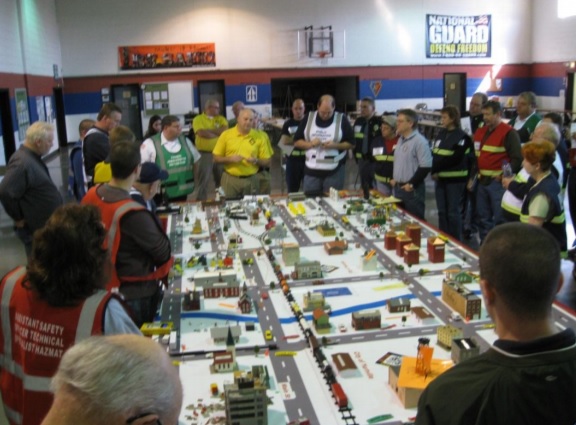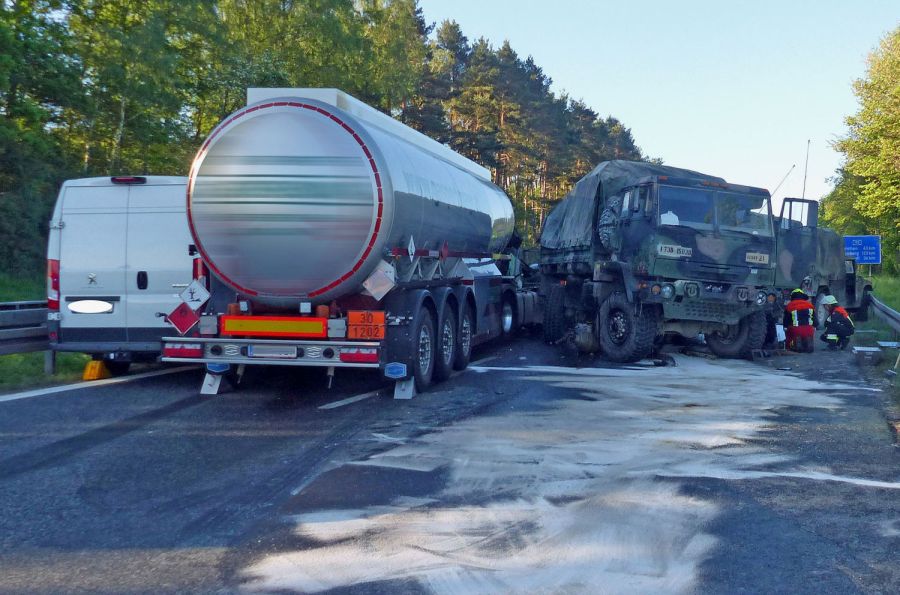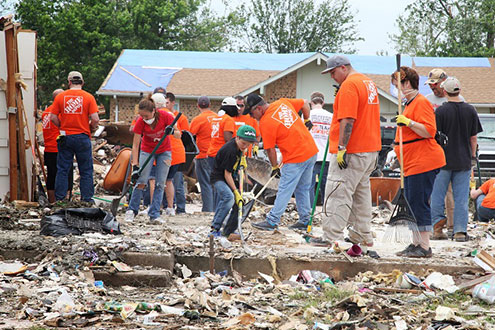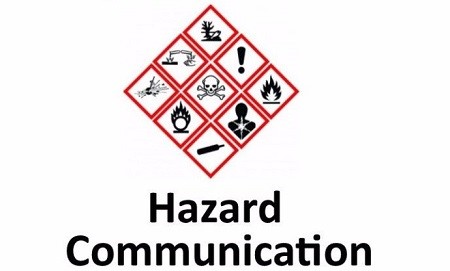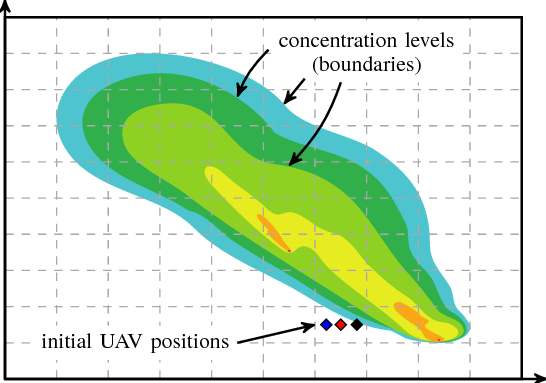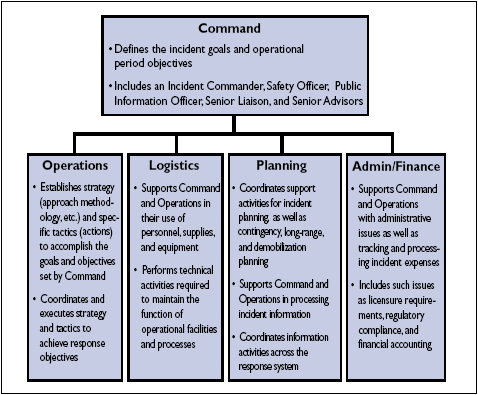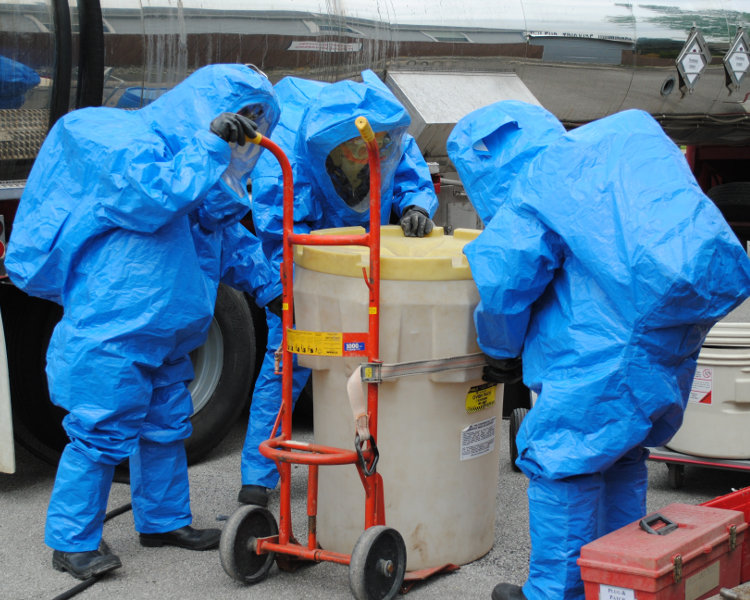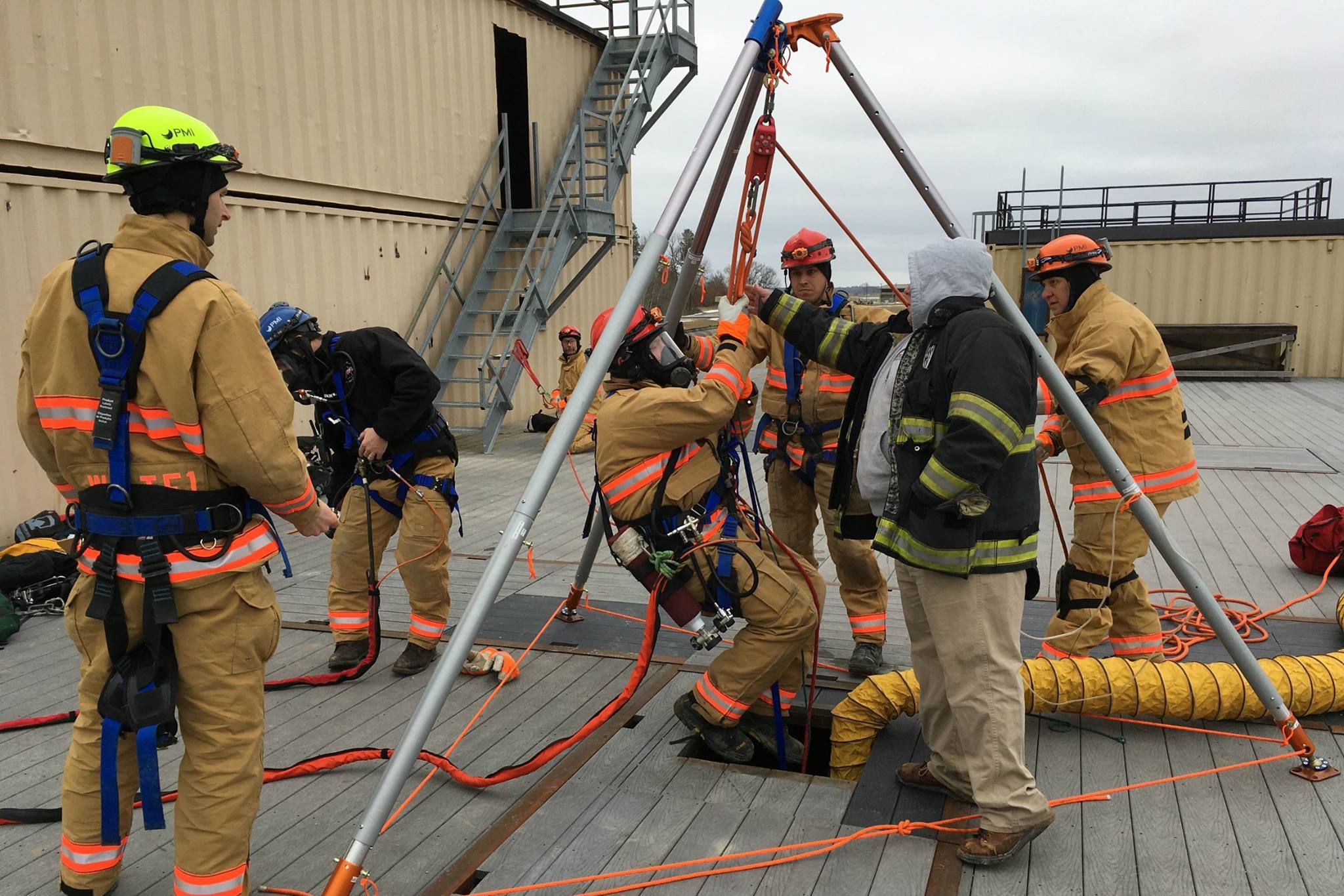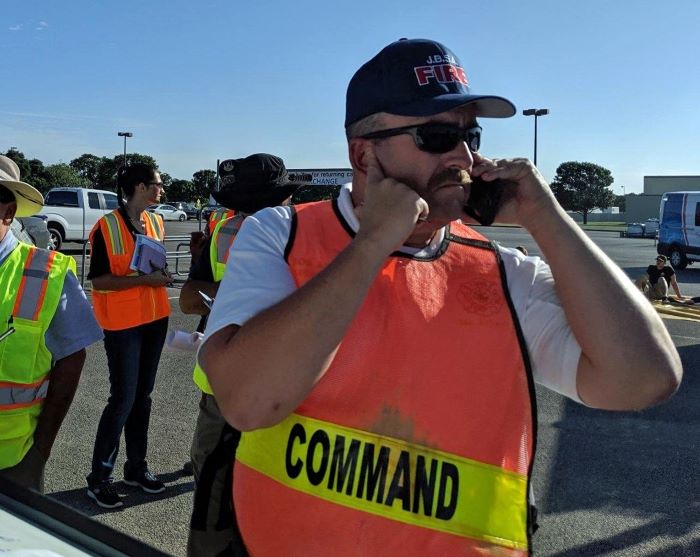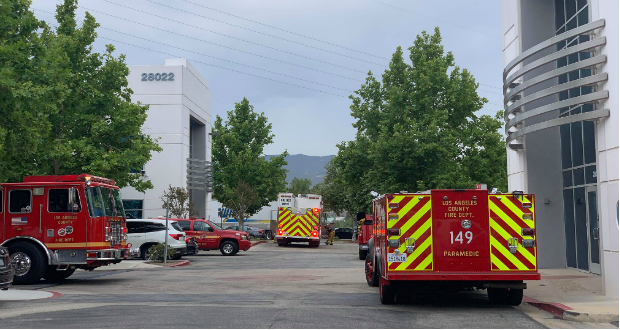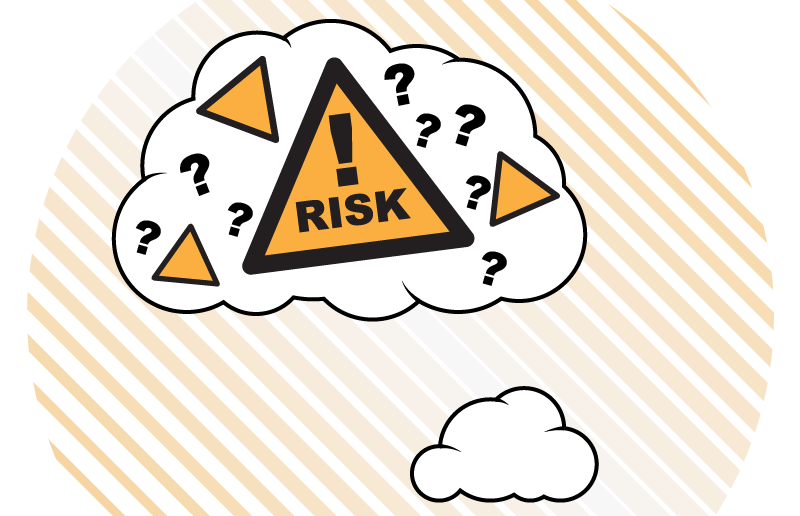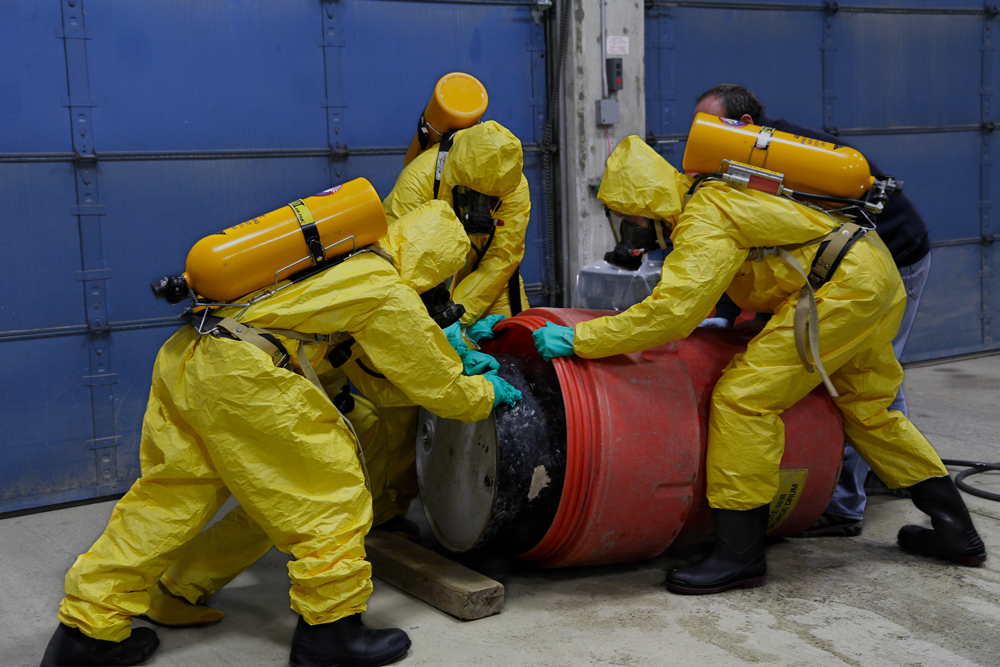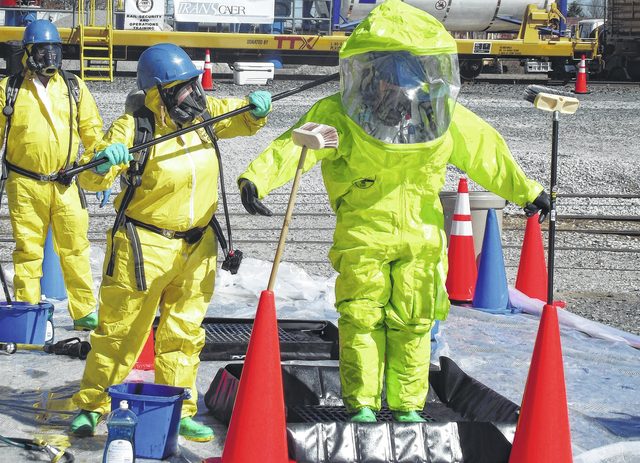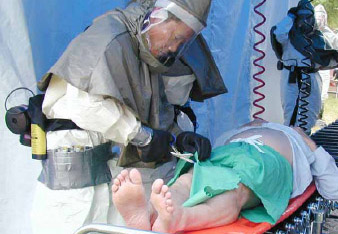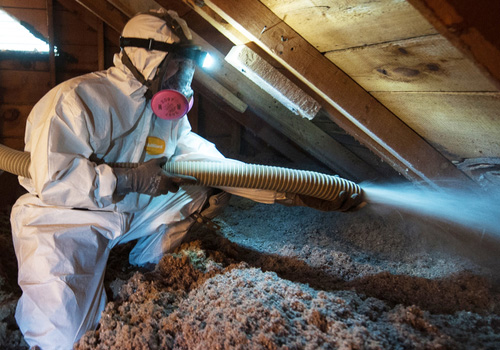DOWNLOADS
COURSE MATERIALS
- Facilitator Guide
- Participant Guide
- Exercise Manual
- Cover Sheet
- Timeline
- Registration Form
- Evaluation Form
Exercise: Training-Only ERP
Exercise: HCS 2012
Exercise: Using Electronic Resources in a Review of RPE Use
This course will provide participants with the knowledge and skills required to rescue employees from confined spaces at the Operations Level.
DOWNLOADS
COURSE MATERIALS
This factsheet is for workers conducting post high wind storm cleanup activities. It provides awareness level information.
Developed by Bernie Mizula for the Midwest Consortium.
DOWNLOADS
DOWNLOADS
COURSE MATERIALS
Exercise: Using the Toxics Release Inventory (TRI)
Exercise: What is Happening in my Zip Code?
Exercise: Building Resources – The Greening of Home, Community, and Work
Recognition, Health Effects, and Reporting
Upon completion of this program, participants will be better able to safely observe and identify potential physical, biological, and chemical hazards, properly report their observations, and describe the potential health effects of hazardous substances.
DOWNLOADS
COURSE MATERIALS
DOWNLOADS
COURSE MATERIALS
- Facilitator Guide
- Participant Guide
- Exercise Manual
- Review Guide
- Cover Sheet
- Timeline
- Registration Form
- Evaluation Form
Exercise: Training-Only ERP
Exercise: HCS 2012
Exercise: Evaluating Usefulness of Electronic Resources for ICS Activities
DOWNLOADS
COURSE MATERIALS
- Facilitator Guide
- Participant Guide
- Cover Sheet
- Timeline
- Test Scores
- Impact Evaluation
- Registration Form
- Evaluation Form
Exercise: Training-Only ERP
Recent attention to water quality in the region includes the water crisis in Flint, Michigan and PFAS contamination from industrial sources and municipal and military firefighting activities. Separate sections are provided for those concerned with possible contamination of water by lead and the ‘forever chemicals’ most often represented by PFOA and PFAS.
DOWNLOADS
COURSE MATERIALS
DOWNLOADS
This program was developed in response to the need for workers served by the MWC to gain in-depth skills regarding the range of PPE that may be used. By following the outline format and activities in this guide, you will be better able to enhance learning, stimulate class discussion, and maintain the training objectives.
DOWNLOADS
COURSE MATERIALS
DOWNLOADS
COURSE MATERIALS
- Facilitator Guide
- Participant Guide
- Exercise Manual
- Review Guide
- Cover Sheet
- Timeline
- Registration Form
- Evaluation Form
Exercise: Training-Only ERP
Exercise: HCS 2012
FACILITATOR GUIDES
COVER PAGES
DOWNLOADS
Hazard recognition, guidance, and resources for First on the Scene and Emergency Responders.
PPE Refresher- Inspect, Don, Doff a Level of Protection
When completed, participants will be better able to:
- Inspect gear for defects or damage prior to use.
- Demonstrate the ability to dressout in Level A, B or C.
DOWNLOADS
When completed, participants will be better able to:
- Use resources to determine appropriate level of protection by gloves.
DOWNLOADS
When completed, participants will be better able to:
- Demonstrate ability to inspect provided PPE.
- Set up decontamination zones for a hazard.
- Demonstrate ability to dressout in Level B or C.
- Demonstrate ability to perform decon.
DOWNLOADS
When completed, participants will be better able to:
- Use resources to find the OSHA requirements for other types of PPE.
- Identify possible gaps in current practices at workplace.
DOWNLOADS
When completed, participants will be better able to:
- Identify the level of PPE needed.
DOWNLOADS
DOWNLOADS
COURSE MATERIALS
- Facilitator Guide
- Participant Guide
- Exercise Manual
- Cover Sheet
- Timeline
- Registration Form
- Evaluation Form
Exercise: Training-Only ERP
Exercise: HCS 2012
Exercise: Using Electronic Resources in a Review of RPE Use
This course will provide participants with the knowledge and skills required to rescue employees from confined spaces at the Operations Level.
DOWNLOADS
COURSE MATERIALS
This factsheet is for workers conducting post high wind storm cleanup activities. It provides awareness level information.
Developed by Bernie Mizula for the Midwest Consortium.
DOWNLOADS
DOWNLOADS
COURSE MATERIALS
Exercise: Using the Toxics Release Inventory (TRI)
Exercise: What is Happening in my Zip Code?
Exercise: Building Resources – The Greening of Home, Community, and Work
Recognition, Health Effects, and Reporting
Upon completion of this program, participants will be better able to safely observe and identify potential physical, biological, and chemical hazards, properly report their observations, and describe the potential health effects of hazardous substances.
DOWNLOADS
COURSE MATERIALS
DOWNLOADS
COURSE MATERIALS
- Facilitator Guide
- Participant Guide
- Exercise Manual
- Review Guide
- Cover Sheet
- Timeline
- Registration Form
- Evaluation Form
Exercise: Training-Only ERP
Exercise: HCS 2012
Exercise: Evaluating Usefulness of Electronic Resources for ICS Activities
DOWNLOADS
COURSE MATERIALS
- Facilitator Guide
- Participant Guide
- Cover Sheet
- Timeline
- Test Scores
- Impact Evaluation
- Registration Form
- Evaluation Form
Exercise: Training-Only ERP
Recent attention to water quality in the region includes the water crisis in Flint, Michigan and PFAS contamination from industrial sources and municipal and military firefighting activities. Separate sections are provided for those concerned with possible contamination of water by lead and the ‘forever chemicals’ most often represented by PFOA and PFAS.
DOWNLOADS
COURSE MATERIALS
DOWNLOADS
This program was developed in response to the need for workers served by the MWC to gain in-depth skills regarding the range of PPE that may be used. By following the outline format and activities in this guide, you will be better able to enhance learning, stimulate class discussion, and maintain the training objectives.
DOWNLOADS
COURSE MATERIALS
DOWNLOADS
COURSE MATERIALS
- Facilitator Guide
- Participant Guide
- Exercise Manual
- Review Guide
- Cover Sheet
- Timeline
- Registration Form
- Evaluation Form
Exercise: Training-Only ERP
Exercise: HCS 2012
FACILITATOR GUIDES
COVER PAGES
DOWNLOADS
Hazard recognition, guidance, and resources for First on the Scene and Emergency Responders.
PPE Refresher- Inspect, Don, Doff a Level of Protection
When completed, participants will be better able to:
- Inspect gear for defects or damage prior to use.
- Demonstrate the ability to dressout in Level A, B or C.
DOWNLOADS
When completed, participants will be better able to:
- Use resources to determine appropriate level of protection by gloves.
DOWNLOADS
When completed, participants will be better able to:
- Demonstrate ability to inspect provided PPE.
- Set up decontamination zones for a hazard.
- Demonstrate ability to dressout in Level B or C.
- Demonstrate ability to perform decon.
DOWNLOADS
When completed, participants will be better able to:
- Use resources to find the OSHA requirements for other types of PPE.
- Identify possible gaps in current practices at workplace.
DOWNLOADS
When completed, participants will be better able to:
- Identify the level of PPE needed.
DOWNLOADS
When completed, participants will be better able to:
- Identify if contamination remains after decon.
DOWNLOADS
When completed, participants will be better able to:
- Identify hazard information using the ERG.
- Identify response actions based on scenario provided.
- Identify changes in tactical operations as conditions change.
DOWNLOADS
When completed, participants will be better able to:
- Identify limits for exposure(s) measured in your workplace.
- Review a report of monitoring results.
- Identify jobs or tasks where exposures may occur.
DOWNLOADS
When completed, participants will be better able to:
- Demonstrate preparation of a sampling device for use.
- Demonstrate use to collect sample.
- Demonstrate required after-use actions.
- Identify any personal protective equipment necessary during use.
DOWNLOADS
When completed, participants will be better able to:
- Conduct the task or response activity.
- Participate in a debriefing to identify areas for improvement.
- Identify approaches to achieving improvements identified.
DOWNLOADS
When completed, participants will be better able to:
- Describe risks of excavation.
- Describe types of collapses.
- Identify protection/preventive methods.
- Distinguish between regulations and safe work practices.
- Identify elements needed in an SOP if an emergency occurs.
DOWNLOADS
When completed, participants will be better able to:
- Identify the types of respiratory protection.
- Identify components of your SCBA.
- Identify fit testing requirements for SCBA use.
DOWNLOADS
This exercise has been designed to allow the instructor to choose a chemical that is relevant to the trainees.
DOWNLOADS
With an ever-changing workplace environment, incidents of severe weather are happening more frequently. Additionally, new hazards are present in the workplace that we all need to be attentive to in order to maintain a safe workplace.
DOWNLOADS
U.S. Chemical Safety and Hazard Investigation Board (CSB) Investigation Exercises
The purpose of this exercise is to review facts from an accident investigation conducted by the CSB and discuss various actions that might have presented the incident. This exercise is generally used in Industrial Emergency Response training.
DOWNLOADS
When completed, participants will be better able to:
- Gather information about a chemical hazard using the NIOSH Pocket Guide mobile app.
- Identify a chemical concentration that is immediately dangerous to life and health (IDLH) using the NIOSH Pocket Guide mobile app.
- Select a category of respiratory protection for a chemical exposure scenario using the NIOSH Pocket Guide mobile app.
DOWNLOADS
This exercise is developed to be conducted as a discussion while completing three activities:
- Review of success in reducing risk after training and identifying opportunities for improvement.
- Summarizing current ways of making suggestions and the overall focus on safety at the workplace.
- Developing a plan to reduce risk and chart progress.
DOWNLOADS
Electronic resources are increasingly useful tools for emergency responders. In this Incident Command System exercise you will use several online databases as resources to gather information needed to plan a response to an emergency scenario.
DOWNLOADS
DOWNLOADS
COURSE MATERIALS
- Facilitator Overview – Single Session Format
- Facilitator Overview – Multi-Session Format
- Participant Cover Page
- Timeline
- Cover Sheet and Module Checklist
- Impact Evaluation
- Test Scores
- Registration Form
- Evaluation Form
Exercise: Using Electronic Resources to Gather Hazmat Information
Exercise: Using Electronic Resources in a Review of RPE Use
MODULES
Inspect, Don, Doff
Checking Out Factors in Glove Selection
Suit Up and Decon
More than CPC and RPE
Levels of Protection
Decon Double Check
Using the ERG
Exposures Measured at Your Workplace
Sampling to Measure Exposure
Design and Conduct a Skill-based Drill
Trench Safety Awareness
Using Your SCBA
NIOSH Pocket Guide Performance Measure
NIOSH Pocket Guide Mobile App
Create a Climate Kit
U.S. Chemical Safety and Hazard Investigation Board (CSB) Investigation Exercises
- Facilitator Guide
- Combustible Dust, Indiana Example
- Combustible Dust, Kentucky Example
- Combustible Dust, Tennessee Example
- Combustible Dust, Wisconsin Example
ER Risk Management Plan
Lithium Battery Safety
When completed, participants will be better able to:
- Identify actions/activities that could be done more safely
- Identify hazard controls for these actions/activities
DOWNLOADS
3D Printing (or) Additive Manufacturing in industry and medicine, on desktops.
This factsheet covers the following questions regarding 3D printing or additive manufacturing:
- What is made with this technology?
- Where is a digital program used to create a 3D object?
- What are the types of additive manufacturing?
- What do we know about potential exposures?
The Midwest Consortium developed this program for facilitators who want to conduct and evaluate a drill. When completed, participants will be better able to:
- Demonstrate competency in completing an assignment during a drill
- Participate in a debriefing to identify areas for improvement
- Respond to external input regarding areas of improvement, if appropriate
- Identify approaches to achieving improvements identified
DOWNLOADS
The Midwest Consortium developed this program for facilitators who want to design and conduct a tabletop program. When completed, participants will be better able to:
- Demonstrate competency in completing a task or a role in a tabletop exercise
- Participate in a debriefing to identify areas for improvement
- List approaches to achieving improvements identified
DOWNLOADS
The Midwest Consortium developed this course for workers and community members who want to investigate the reduction of use of toxic materials. Member institutions of the Midwest Consortium who worked on the update of the initial program include Green Door Initiative, University of Minnesota and the University of Cincinnati. This program was developed for use by industrial workers and community residents who seek use reduction as one approach to reducing exposures.
The Toxic Use Reduction course incorporates a variety of teaching methods to meet varied learning styles. Material presentation with discussion and small group exercises are used.
DOWNLOADS
COURSE MATERIALS
Community Member Preparedness for Potential Fuel Releases along Transportation Routes
The Midwest Consortium developed this introduction to health and safety impacts of high-volume transportation of fuels to assist the local community members and business owners in becoming better prepared for possible releases along transportation routes.
When participants complete this introduction, they will be better able to:
- Recognize where a release might occur
- List outcomes of a release in your community
DOWNLOADS
COURSE MATERIALS
- Identify what you need to know before you depart
- Recognize factors to consider in packing
- Recognize possible hazards
- Identify resources to minimize exposure to hazards
DOWNLOADS
COURSE MATERIALS
- Access electronic resources to find local information.
- Demonstrate the use of these resources to identify location of emission sources and types of emissions from facilities in your zip code.
DOWNLOADS
Assessing Preparedness: Natural and Hazardous Material Release Emergencies in the Community
This survey contains questions about the current safety and health status of the participant’s community.
This program was developed in response to the need for communities to gain skills to better identify sources of air pollution and develop ideas about how to limit or avoid exposures that can impact a person’s health. The program and exercises are designed to be interactive and stimulate questions and develop a personal plan for action.
Goals for participants are to:
- Identify different types of air pollution
- Describe sources of air pollution around them
- Describe the health effects of air pollution (community and individual)
- Identify techniques to reduce exposure in the home and community
- Develop a plan to take further action steps
DOWNLOADS
- Describe basic facts about climate change
- Describe the health effects of climate change
- Determine carbon footprint
- Develop a plan to become more sustainable
DOWNLOADS
DOWNLOADS
COURSE MATERIALS
EXERCISES
Exercise: Air Pollution
Exercise: Assessing Preparedness Survey
Exercise: Create a Climate Kit
Exercise: Investigating Water Contamination
Exercise: Lithium Battery Safety
Exercise: Sustainability
Exercise: Using the Toxics Release Inventory (TRI)
Exercise: What is Happening in My Zip Code
DOWNLOADS
A broad range of electronic resources are used in the National Response Framework, and are available to local responders engaged in Incident Command activities. In this exercise you will access some of these tools and discuss how each can assist you in functioning within the Incident Command System (ICS).
Objectives
- Access tools available electronically.
- Describe how the tool can be used to carry out the activities in a specific role in the ICS.
DOWNLOADS
A broad range of electronic resources are available to emergency responders and increasingly used in the Incident Commander structure to understand hazards and plan a response. In this exercise you will access some of these tools for hazard assessment, use a model to predict geographical areas that will be affected by the release and plan a response.
Objectives
- Access electronic tools for risk assessment information.
- Identify the geographical region where there may be an impact from the release.
- Plan a response
DOWNLOADS
When completed, participants will be better able to:
Initial Actions (part 1)
- Describe the responsibilities of the ICS roles
- Identify the roles needed for a particular emergency/event
- Describe the flow of information up and down the ICS
- Identify potential overloads/bottlenecks in the ICS
- Identify resource(s) for ICS planning
Transfer and Termination (part 2)
- Describe the transition of Incident Command to another organization
- Describe the importance of documentation in the Termination phase
DOWNLOADS
Somali translation (developed by University of Minnesota Training Center)
DOWNLOADS
COURSE MATERIALS
[passster password=”Gophers” area=”10451″]Exercise: Training-Only ERP
Exercise: HCS 2012
Guidance on Structure and Documentation
DOWNLOADS
Course: Confined Space Rescue (CSR)
The Occupational Safety and Health Administration (OSHA) rule to help assure worker health and safety during emergency response activities requires specific training for members of the response team, depending upon the duties to be performed. Emergency response activities are conducted within a structured framework called the Incident Command System and an Emergency Response Plan (ERP); at locations where personnel will evacuate and await external personnel to conduct the response an Emergency Action Plan (EAP) is required.
This is an Awareness level program and does not meet the requirements for serving as an Incident Commander at an actual incident. To serve as an Incident Commander, additional training is required, including an initial 24-hours of training at the Operations level.
DOWNLOADS
COURSE MATERIALS
Exercise: Training-Only ERP
DOWNLOADS
[passster password=”Gophers” area=”10450″]Unified Command Exercise
Participants are here because they are members of an emergency response team that may respond to a high-volume release of fuel on land or water. They have previously completed a 24-hour Operations-level program, or the equivalent skills are documented by the employer as described in 29 CFR 1910.120, (q) (6) (ii).
This additional training provides more detailed recognition and health effects training for the fuel(s) that may be transported through the responders’ area.
DOWNLOADS
COURSE MATERIALS
Exercise: Training-Only ERP
Exercise: HCS 2012
Course: Exposure Monitoring (EXP)
Municipal First-on-the-Scene
This training is intended to meet the requirements of the OSHA Hazardous Waste Rule (29 CFR 1910.120) for first responder personnel (awareness level) who may be the first-on-the-scene at a hazardous materials incident. The training program covers basic hazard recognition, identification, reporting, and self-protection for individuals who may do preliminary observation of an event. It does not provide the necessary hazard recognition and protective skills required to perform emergency response activities. To undertake the activities of emergency responders, additional training is necessary.
DOWNLOADS
COURSE MATERIALS
Exercise: HCS 2012
Industrial First-on-the-Scene
This training is intended to meet the requirements of the OSHA Hazardous Waste Rule (29 CFR 1910.120) for first responder personnel (awareness level) who may be the first-on-the-scene at a hazardous materials incident. The training program covers basic hazard recognition, identification, reporting, and self-protection for individuals who may do preliminary observation of an event. It does not provide the necessary hazard recognition and protective skills required to perform emergency response activities. To undertake the activities of emergency responders, additional training is necessary.
DOWNLOADS
COURSE MATERIALS
Exercise: HCS 2012
The activities in this exercise will result in workplace changes that reduce exposures. Many will be small changes, but every avoided or eliminated exposure benefits workers. Each success builds confidence that change can be made.
DOWNLOADS
DOWNLOADS
COURSE MATERIALS
- Facilitator Overview – Single Session Format
- Facilitator Overview – Multi-Session Format
- 8TR-M Participant Cover Page
- Module Checklist
- Timeline
- Cover Sheet
- Impact Evaluation
- Test Scores
- Registration Form
- Evaluation Form
MODULES
Inspect, Don, Doff
Checking Out Factors in Glove Selection
Suit Up and Decon
More than CPC and RPE
Levels of Protection
Decon Double Check
Using the ERG
Exposures Measured at Your Workplace
Sampling to Measure Exposure
Design and Conduct a Skill-based Drill
Trench Safety Awareness
Using Your SCBA
NIOSH Pocket Guide Performance Measure
NIOSH Pocket Guide Mobile App
Create a Climate Kit
U.S. Chemical Safety and Hazard Investigation Board (CSB) Investigation Exercises
- Facilitator Guide
- Combustible Dust, Indiana Example
- Combustible Dust, Kentucky Example
- Combustible Dust, Tennessee Example
- Combustible Dust, Wisconsin Example
8TR-M Risk Management Plan Exercise
Lithium Battery Safety
This program was developed in response to the need for workers served by the MWC to gain in-depth skills regarding the range of air, water and soil sampling devices used for exposure assessment; by following the outline format and activities in this guide, you will be better able to enhance learning, stimulate class discussion, and maintain the training objectives.
DOWNLOADS
The activities in this exercise will result in workplace changes that reduce exposures. Many will be small changes, but every avoided or eliminated exposure benefits workers. Each success builds confidence that change can be made.
DOWNLOADS
DOWNLOADS
COURSE MATERIALS
- Facilitator Overview – Single Session Format
- Facilitator Overview – Multi-Session Format
- Participant Cover Page
- Timeline
- Cover Sheet and Module Checklist
- Impact Evaluation
- Test Scores
- Registration Form
- Evaluation Form
MODULES
Looking Back and Forward
Inspect, Don, Doff
Checking Out Factors in Glove Selection
Suit Up and Decon
More than CPC and RPE
Levels of Protection
Decon Double Check
Using the ERG
Exposures Measured at Your Workplace
Sampling to Measure Exposure
Design and Conduct a Skill-based Drill
Trench Safety Awareness
Using Your SCBA
NIOSH Pocket Guide Performance Measure
NIOSH Pocket Guide Mobile App
Create a Climate Kit
U.S. Chemical Safety and Hazard Investigation Board (CSB) Investigation Exercises
- Facilitator Guide
- Combustible Dust, Indiana Example
- Combustible Dust, Kentucky Example
- Combustible Dust, Tennessee Example
- Combustible Dust, Wisconsin Example
8HR-M Risk Management Plan Exercise
Lithium Battery Safety
- Review basic skills and knowledge about hazardous waste site work
- Engage in learning and problem-solving activities that will help to improve safety and health conditions on a site
- Implement safe work practices
- Demonstrate use of personal protective equipment for site work
- Implement procedures in a safety and health plan to control hazards
- Meet training requirements in Section (e) (8) of the Hazardous Waste Operations and Emergency Response Standard, 19 CFR 1910.120
DOWNLOADS
DOWNLOADS
The Midwest Consortium developed this template for Program Directors and facilitators who want to develop an exercise using a map accessed using technology that can be added to the MWC programming.
DOWNLOADS
A mobile app, or simply app, is a specialized program – or application – downloaded onto mobile devices. The Midwest Consortium developed this template for Program Directors and facilitators who want to develop an exercise to use an app that is then added to the MWC programming.
DOWNLOADS
Electronic resources are increasingly useful tools for emergency responders. In this Incident Command System exercise you will use several online databases as resources to gather information needed to plan a response to an emergency scenario.
DOWNLOADS
Electronic resources are increasingly useful tools for emergency responders. In this exercise you will use an electronic resource to access requirements for use of SCBA in emergency response and then review your experience with respiratory protection that may be required when the incident command system is activated. The respiratory protection program at your company will be reviewed to determine if there are opportunities for improvement.
DOWNLOADS
The activities in this exercise will result in workplace changes that reduce exposures. Many will be small changes, but every avoided or eliminated exposure benefits workers. Each success builds confidence that change can be made.
DOWNLOADS
The activities in this exercise will result in workplace changes that reduce exposures. Many will be small changes, but every avoided or eliminated exposure benefits workers. Each success builds confidence that change can be made.
DOWNLOADS
DOWNLOADS
Trainees are here because they are or will be employed as mold remediation workers. During this program they will learn about the following topics:
- Mold-specific health and safety hazards.
- Use of personal protective equipment.
- Work practices and other controls to minimize hazards.
- Decontamination
- Other resources.
When they finish, they will be better able to do the following:
- Recognize mold-related hazards.
- Conduct safe work practices.
- Use protective equipment.
- Perform necessary decontamination.
DOWNLOADS
COURSE MATERIALS
DOWNLOADS
COURSE MATERIALS
Trainees are here because they are or will be employed as weatherization workers. During this program they will learn about the following topics:
- Health and safety hazards may be present.
- Work Practices and other controls to minimize hazards.
- Use of personal protective equipment.
- Other resources.
When they finish, they will be better able to do the following:
- Recognize hazards that may be present
- Conduct safe work practices.
- Use protective equipment.
DOWNLOADS
COURSE MATERIALS
The Midwest Consortium developed this course for community members who may be impacted by COVID-19.
DOWNLOADS
COURSE MATERIALS
POWERPOINT PRESENTATIONS
Given the COVID-19 pandemic, the Midwest Consortium developed this course to highlight adjustments in procedures for those responding to emergencies.
DOWNLOADS
COURSE MATERIALS
DOWNLOADS
COURSE MATERIALS
- Facilitators Manual
- Participant Manual
- Exercise Manual
- Cover Sheet
- Timeline
- Registration Form
- Evaluation Form


